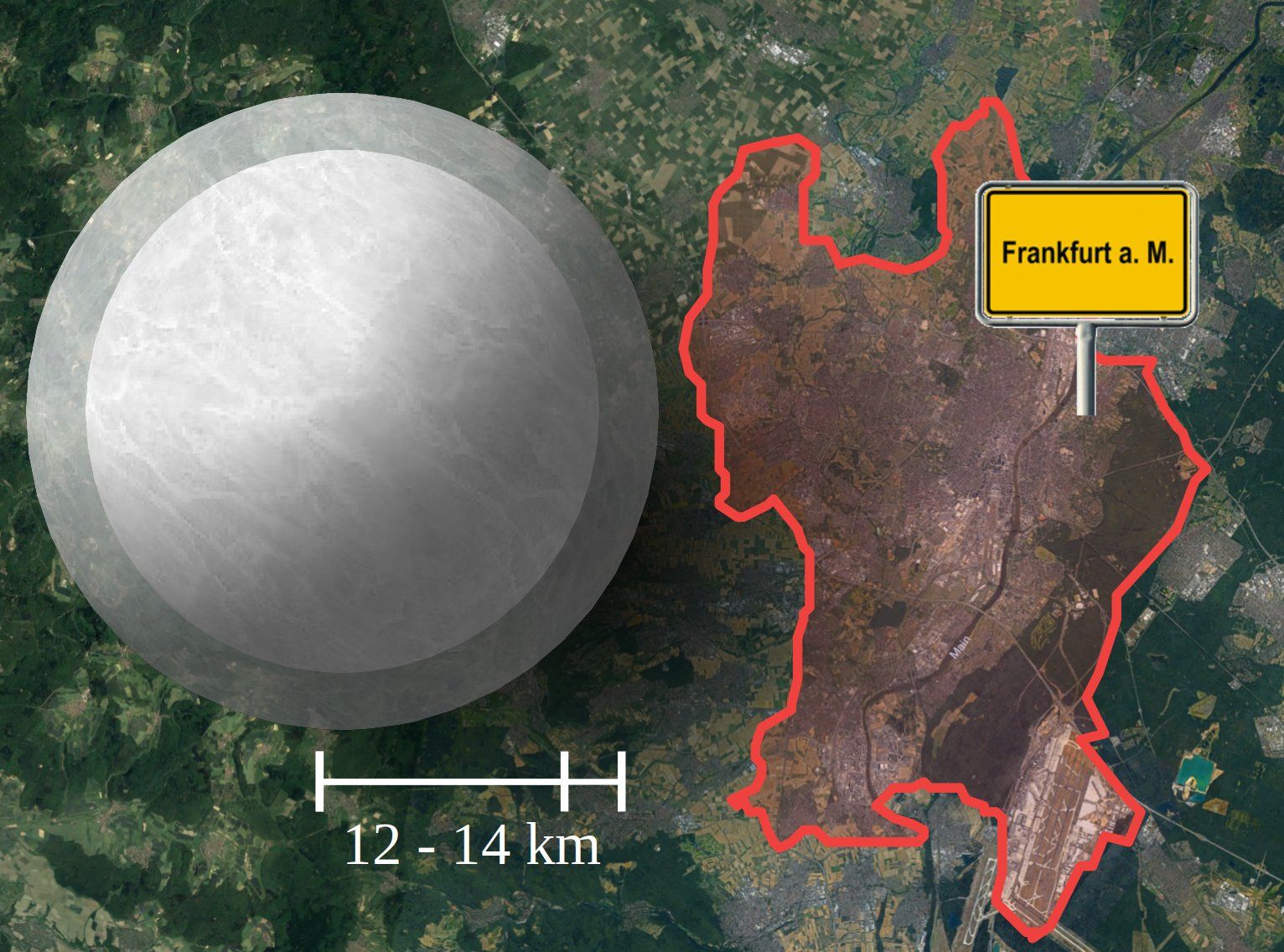How large is a neutron star? Previous estimates varied from eight to 16 kilometres. Astrophysicists at the Goethe University Frankfurt and the FIAS have now succeeded in determining the size of neutron stars to within 1.5 kilometres by using an elaborate statistical approach supported by data from the measurement of gravitational waves. The researchers’ report appears in the current issue of Physical Review Letters.
Neutron stars are the densest objects in the universe, with a mass larger than that of our sun compacted into a relatively small sphere whose diameter is comparable to that of the city of Frankfurt. This is actually just a rough estimate, however. For more than 40 years, the determination of the size of neutron stars has been a holy grail in nuclear physics whose solution would provide important information on the fundamental behaviour of matter at nuclear densities.
The data from the detection of gravitational waves from merging neutron stars (GW170817) make an important contribution toward solving this puzzle. At the end of 2017, Professor Luciano Rezzolla, Institute for Theoretical Physics at the Goethe University Frankfurt and FIAS, together with his students Elias Most and Lukas Weih already exploited this data to answer a long-standing question about the maximum mass that neutron stars can support before collapsing to a black hole—a result that was also confirmed by various other groups around the world. Following this first important result, the same team, with the help of Professor Juergen Schaffner-Bielich, has worked to set tighter constraints on the size of neutron stars.
